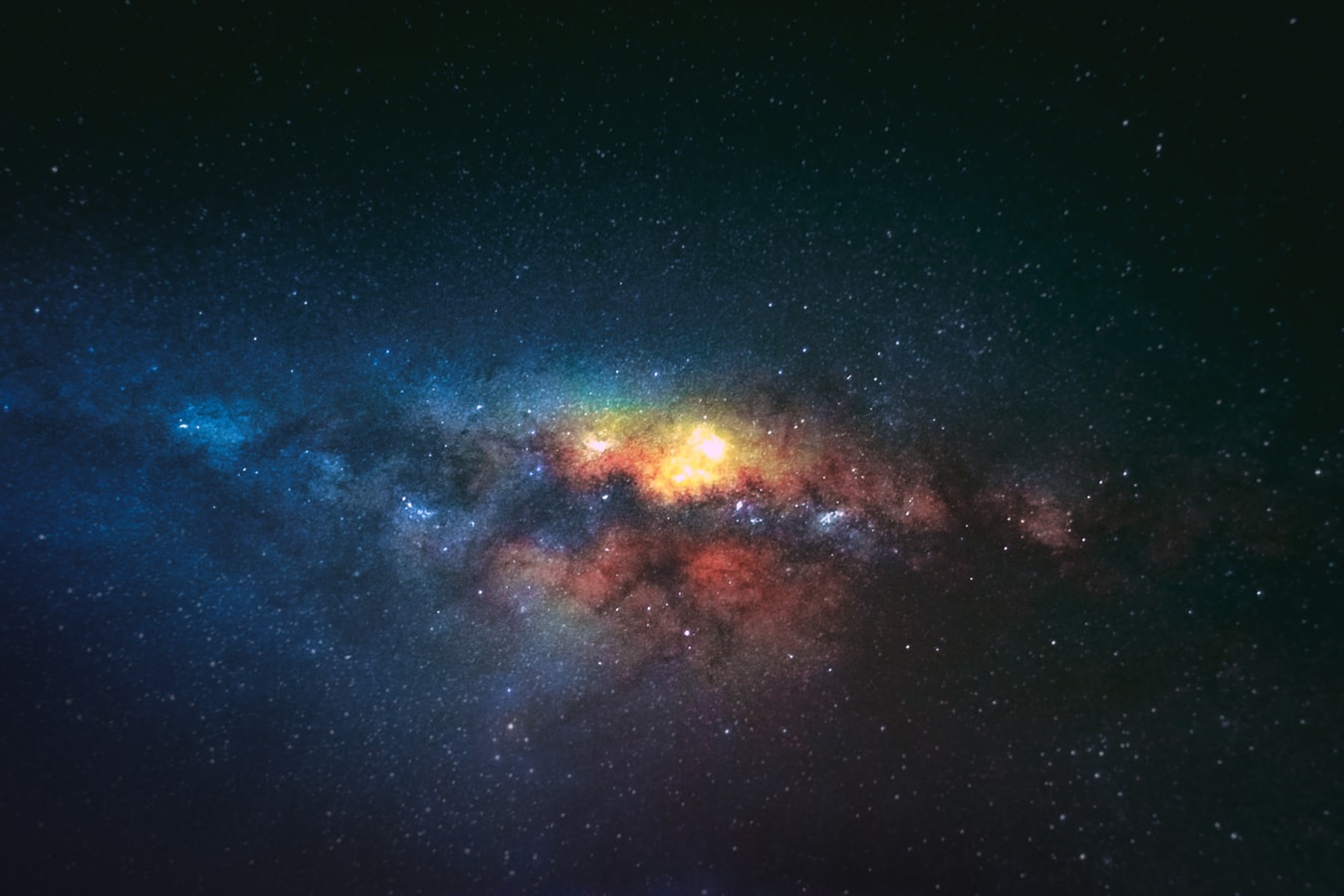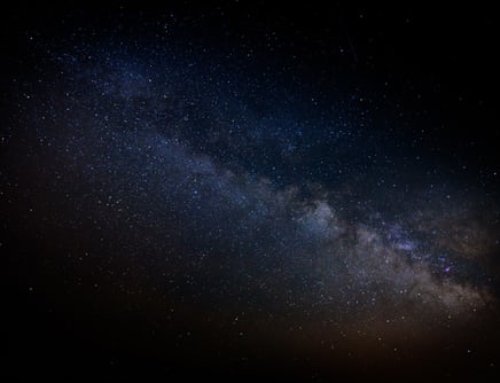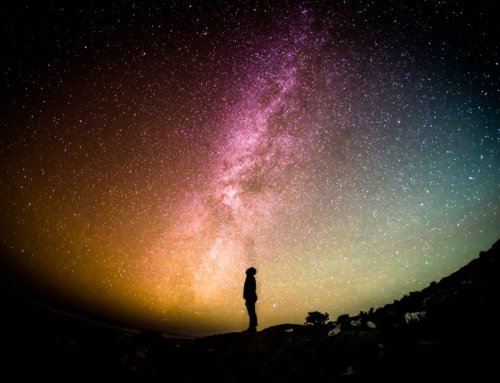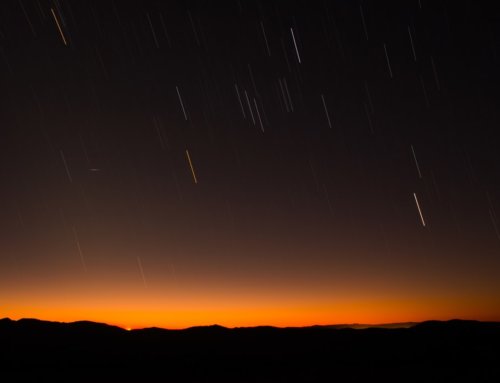NGC 6240 is one of the closest and most studied galaxies. It has a peculiar lobster shape that was considered to be a result of an amalgamation between two galaxies. NGC 6240 is situated in the Ophiuchus Constellation – more commonly known as the Serpent Holder – a mere 400 million light-years away. Hubble initially released its images in 2008, and from these images, astronomers assumed that the galaxy formed when two other galaxies collided. In the resulting merger, two supermassive black holes were observed amid the collision, moving closer and closer together.
However, a new study using the Very Large Telescope (VLT) of the European Southern Observatory, combined with the MUSE Spectrograph, has revealed some new and exciting information about NGC 6240. The galaxy is not a result of two merging galaxies; instead, it is the product of three merging galaxies. Correspondingly, it features not two, but three supermassive black holes in its center.
The MUSE spectrograph utilizes adaptive optics to give a wide field of view and an impressive spatial resolution. It was first used in 2014 to study a myriad of objects, including black holes in adjacent galaxies. Led by scientists from the University of Potsdam and the University of Gottingen, an international team of scientists and astronomers published a study in the Journal of Astronomy and Astrophysics, which went in-depth into the interaction of the three galaxies. The study of the never before seen phenomenon could be the key to understanding how galaxies formed.
In the age of the universe – approximately 14 billion years – most massive galaxies have not had enough time to form to completion. Therefore, if the simultaneous merging of three galaxies can occur, like in NGC 6240, it would explain how much more massive galaxies came into existence. In a press release, Dr. Peter Weilbacher of the Leibniz Institute for Astrophysics Potsdam (AIP) stated, “If however, simultaneous merging processes of several galaxies took place, then the largest galaxies with their central supermassive black holes were able to evolve much faster.” The Observations made by Dr. Weilbacher and his team provide the first significant indication of this scenario.
The sad news is that we are unlikely to witness the end of NGC 6240’s merging process since it will probably take over a billion years to wind up. However, NGC 6240 remains an astronomical marvel. Every one of the black holes in it has a mass of 90 million times our Sun, and at the end of the merge, they will combine to form one massive black hole. That would surely be a sight to behold!






